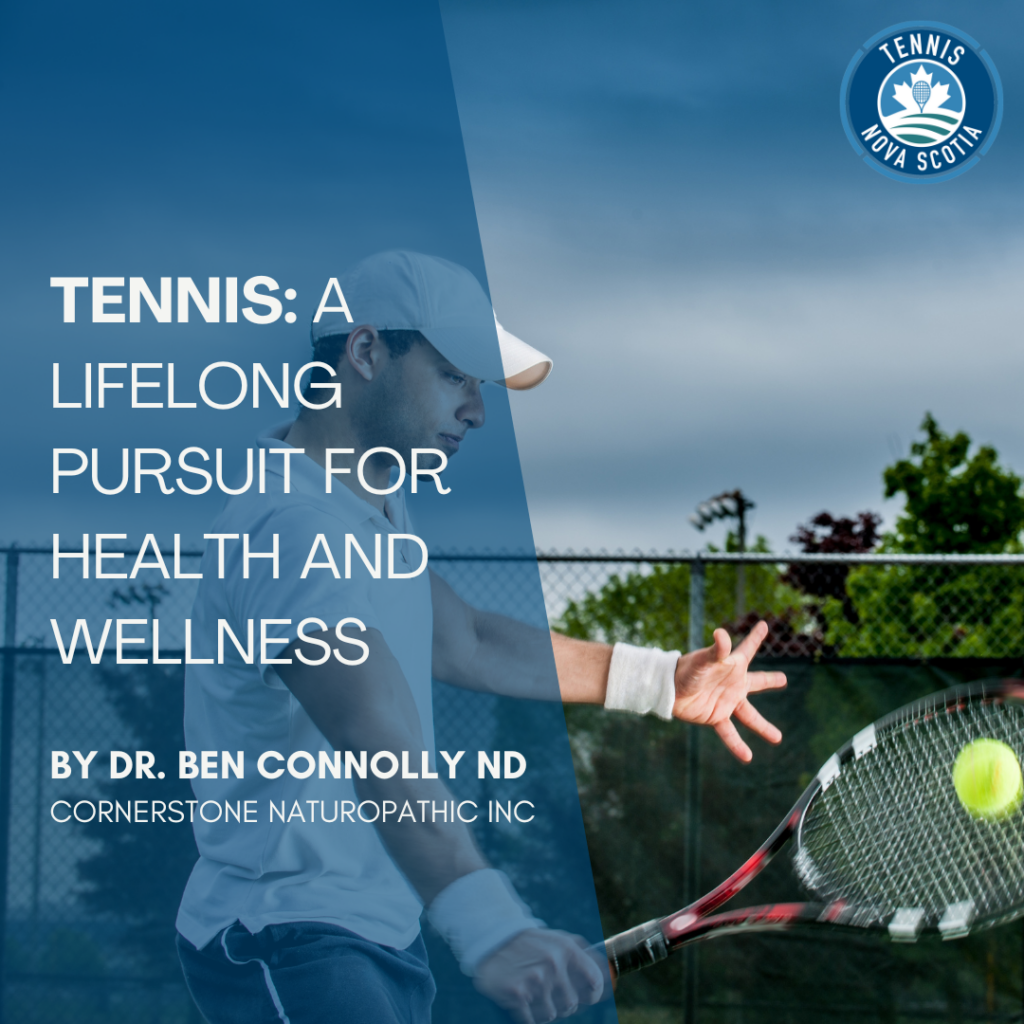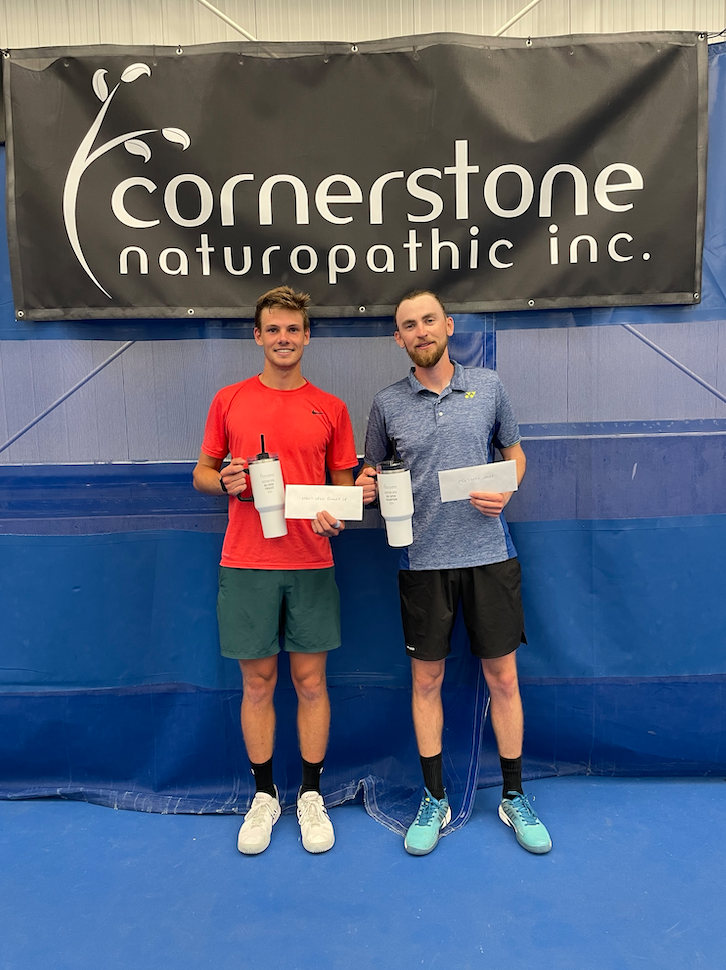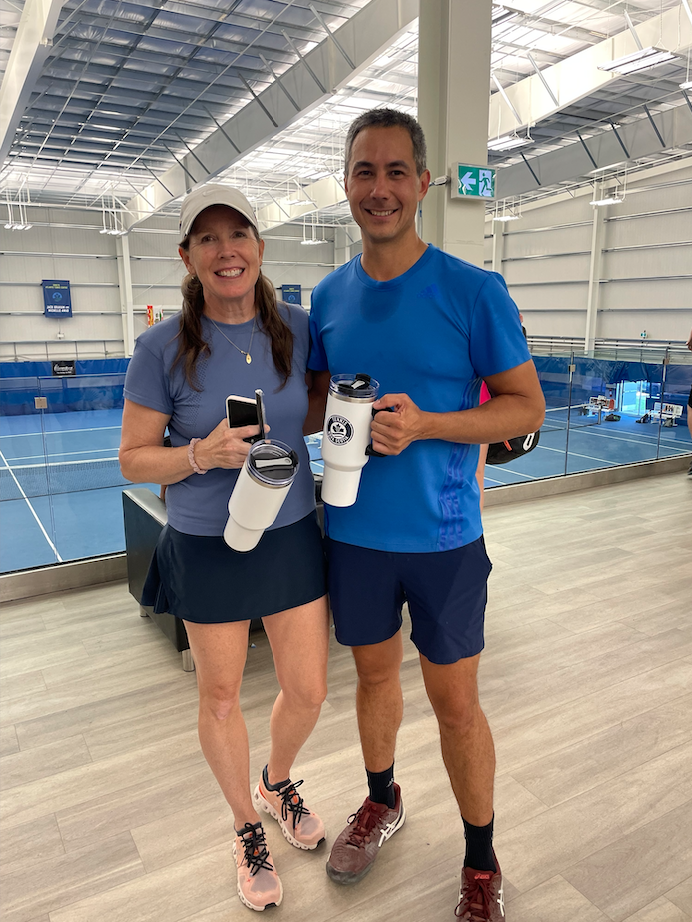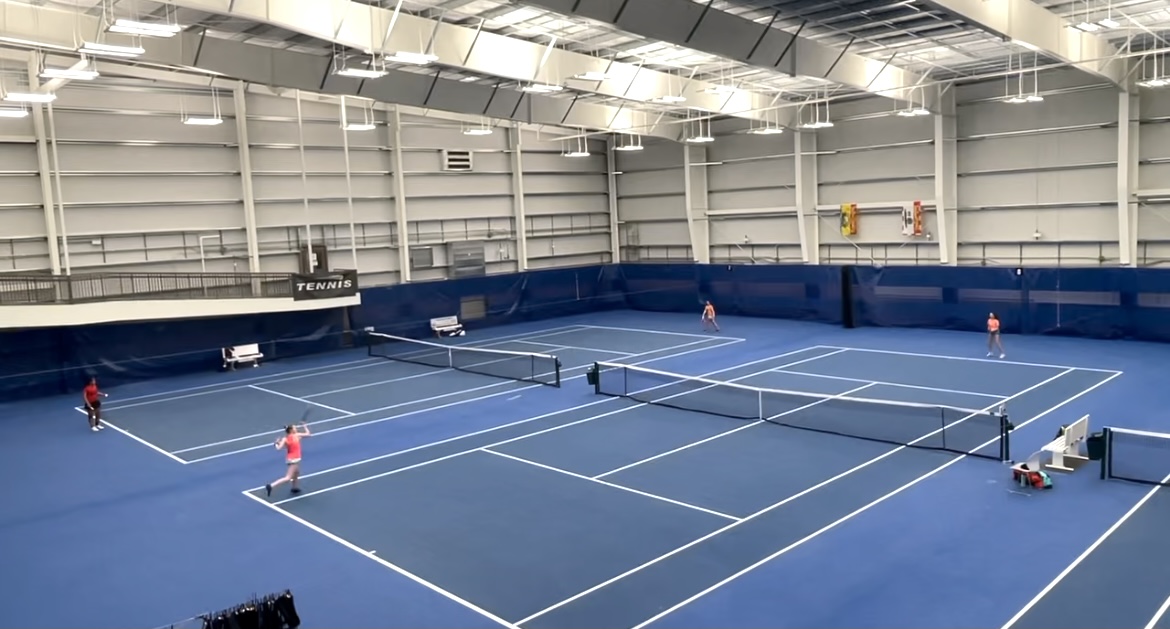
In a bold stride towards promoting holistic well-being through active living, Cornerstone Naturopathic Inc. proudly stood as the title sponsor for the inaugural Bedford Open tennis Tournament. This partnership marks a harmonious blend of shared values and aspirations between the realms of sports and natural health. As tennis continues to emerge not only as a sport of choice but also as a cornerstone of lifelong wellness, this collaboration underscores the profound impact of physical activity on enhancing both lifespan and quality of life.
Tennis: A Lifelong Pursuit for Health and Wellness
Tennis, a sport often regarded as a lifelong pursuit, offers more than just physical activity and competition—it serves as a powerful tool for enhancing lifespan, health span, and overall quality of life. Recent research has illuminated the numerous benefits of regular tennis participation across various age groups, highlighting its potential impact on cardiovascular health, obesity prevention, mental well-being, and social connectivity. Moreover, integrating tennis clubs with evidence-based naturopathic Doctors can amplify these benefits, creating a synergistic approach to holistic health management.
The Health Benefits of Tennis
Tennis is a sport that engages participants physically, mentally, and socially, providing a comprehensive approach to well-being. Physically, tennis is a dynamic activity that involves bursts of intense movements, such as sprinting, pivoting and interval training, which enhances aerobic fitness, agility, and muscular strength. These physical demands contribute significantly to cardiovascular fitness, helping to improve heart health and reduce the risk of cardiovascular diseases. But it’s not just about the physical benefits. Tennis also provides mental stimulation, improves cognitive function, and reduces the risk of mental health conditions.
Beyond cardiovascular benefits, tennis aids in effectively managing body weight and helps optimize body composition. The combination of aerobic and anaerobic exercise during tennis helps to burn calories and maintain a healthy body mass index (BMI) and more importantly, an optimal body fat percentage. Players often exhibit lower body fat percentages and higher muscle mass, which are crucial factors in reducing the risk of obesity-related conditions like type 2 diabetes.
Tennis also supports joint health and bone density. The repetitive weight-bearing movements involved in tennis, such as running and quick lateral movements, help to strengthen bones and joints, reducing the risk of osteoporosis and osteoarthritis later in life. This aspect of tennis is particularly beneficial for older adults, as it promotes mobility, flexibility, and functional independence.
Impact on Quality of Life
The mental and emotional benefits of tennis are equally profound. The sport requires concentration, strategic thinking, and quick decision-making, stimulating cognitive function and mental agility. Regular tennis players often exhibit improved reaction times, enhanced problem-solving skills, and greater spatial awareness.
Moreover, tennis is known to promote mental well-being and reduce stress levels. The physical exertion and focus required during play trigger the release of endorphins, neurotransmitters that promote feelings of well-being and happiness. This natural mood elevation can help alleviate symptoms of anxiety and depression, contributing to overall mental health resilience.
Socially, tennis fosters a sense of community and camaraderie among players. Whether competing in doubles matches or participating in club events, tennis encourages social interaction, teamwork, and mutual support. These social connections are vital for mental and emotional well-being, providing a sense of belonging and reducing feelings of loneliness or isolation.
Lifespan and Health Span Extension
One of the most compelling aspects of tennis as a lifelong pursuit is its potential to extend lifespan and health span. Research from the Copenhagen City Heart Study suggests that individuals who engage in tennis may experience significant increases in life expectancy. This longevity benefit is not only attributed to tennis’s physical activity component but also to its multifaceted impact on mental, emotional, and social dimensions of health.
Tennis encourages lifelong physical activity habits, helping individuals maintain vitality and functional independence as they age. The sport’s structured nature, emphasizing skill development and strategic play, provides ongoing motivation and engagement. Continuous participation in tennis contributes to sustained physical fitness, reducing the risk of chronic diseases and enhancing overall quality of life.
Synergy with Naturopathic Medicine
Integrating tennis clubs with evidence-based Naturopathic Doctors represents a forward-thinking approach to promoting holistic health. Naturopathic medicine emphasizes evidence-based lifestyle modifications focused on enhanced performance to prevent disease and optimize health. By partnering with tennis clubs, Naturopathic Doctors can leverage the physical activity benefits of tennis while offering personalized wellness strategies that encompass nutrition, stress management, and preventive healthcare.
Benefits of Collaboration
- Comprehensive Health Assessment: Naturopathic clinics can conduct thorough health assessments for tennis club members, identifying individual health goals, body composition assessments, and potential risk factors for cardiovascular health, joint function, in-depth labs, and mental well-being.
- Tailored Wellness Programs: Based on these assessments, naturopathic doctors can design personalized wellness programs that complement tennis’s physical demands. These programs may include sports nutrition guidance, injury prevention strategies, and lifestyle modifications to optimize performance and overall health.
- Nutritional Guidance: Proper nutrition is essential for peak athletic performance and overall health. Naturopathic doctors can provide dietary guidance tailored to tennis players’ nutritional demands, promoting optimal energy levels, muscle recovery, and immune function.
- Stress Management and Mental Well-being: Techniques such as mindfulness and lifestyle counselling offered by Naturopathic Doctors can enhance stress management skills among tennis players. These interventions support mental resilience, improve sleep quality, and enhance overall quality of life.
- Preventive Healthcare: By emphasizing preventive healthcare strategies, naturopathic medicine can help tennis players maintain their health and vitality over the long term. This approach focuses on early detection of health issues, proactive management of chronic conditions, and promoting healthy aging.
Conclusion
Tennis is a remarkable example of a sport that promotes physical fitness and competitive spirit and contributes significantly to lifespan extension, health span improvement, and overall quality of life. Integrating tennis clubs with evidence-based Naturopathic Doctors represents a symbiotic relationship that can maximize these benefits by combining tennis’s physical activity advantages with holistic health approaches. This partnership supports individual health goals and fosters a community-centred approach to wellness, where athletes of all ages can thrive physically, mentally, and socially.
As we continue to understand the profound impact of lifestyle choices on health outcomes, initiatives integrating physical activity with evidence-based healthcare practices are poised to redefine how we approach longevity and well-being in the 21st century. Tennis and Naturopathic Medicine, together, offer a compelling pathway towards achieving holistic health and thriving communities.
In essence, by picking up a racket and engaging in tennis, individuals embark on a journey towards a healthier, fuller, and more vibrant life—a journey that extends far beyond the baseline.
Written by Dr. Ben Connolly ND
Oja, P., Titze, S., Kokko, S., Kujala, U. M., Heinonen, A., Kelly, P., & Koski, P. (2015). Health benefits of different sport disciplines for adults: systematic review of observational and intervention studies with meta-analysis. British Journal of Sports Medicine, 49(7), 434-440. doi:10.1136/bjsports-2014-093885
Lepers, R., & Stapley, P. J. (2016). Master athletes are extending the limits of human endurance. Frontiers in Physiology, 7, Article 613. doi:10.3389/fphys.2016.00613
Murray, A. D., Daines, L., Archibald, D., Hawkes, R. A., Schiphorst, C., Kelly, P., Grant, L., & Mutrie, N. (2017). The relationships between golf and health: A scoping review. British Journal of Sports Medicine, 51(1), 12-19. doi:10.1136/bjsports-2016-096625
Thivel, D., Tremblay, A., & Chaput, J. P. (2018). Modern sedentary behaviors favor energy consumption in children and adolescents. Current Obesity Reports, 7(4), 509-514. doi:10.1007/s13679-018-0333-8
Exercise and Sports Science Australia. (2020). Tennis. Retrieved from https://www.essa.org.au/Public/ABOUT_Exercise_and_Sports_Science_Australia/Public/About_Us/Tennis.aspx

WS Open Finals

MS Open Finals




